Abdulrahman Alruban
Physical Activity Recognition by Utilising Smartphone Sensor Signals
Jan 20, 2022
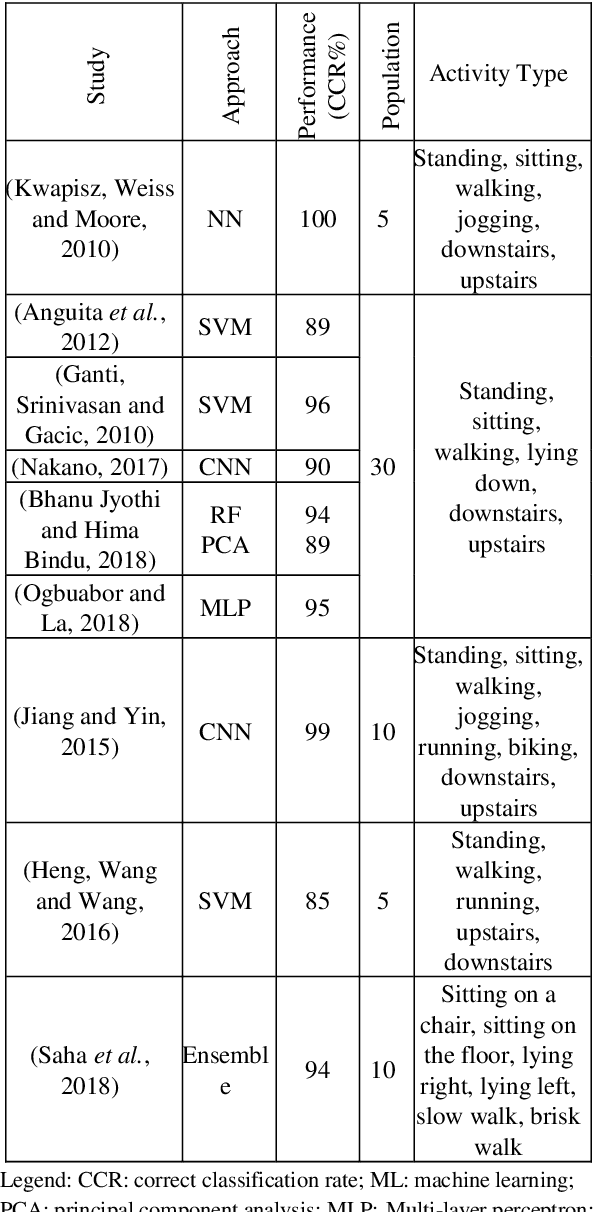
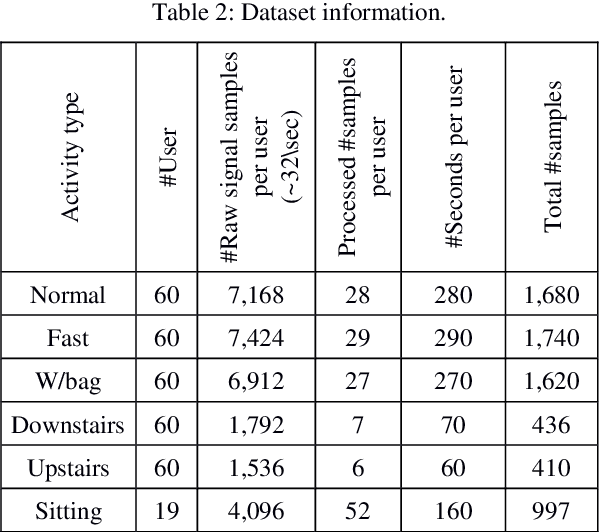
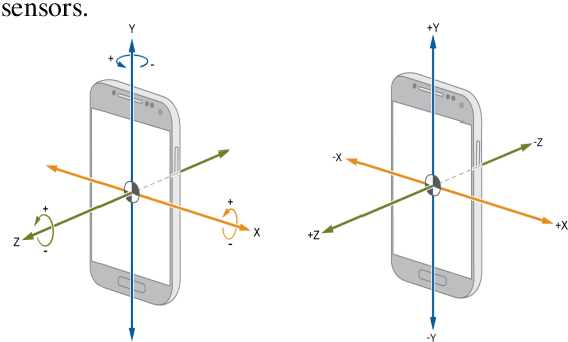
Abstract:Human physical motion activity identification has many potential applications in various fields, such as medical diagnosis, military sensing, sports analysis, and human-computer security interaction. With the recent advances in smartphones and wearable technologies, it has become common for such devices to have embedded motion sensors that are able to sense even small body movements. This study collected human activity data from 60 participants across two different days for a total of six activities recorded by gyroscope and accelerometer sensors in a modern smartphone. The paper investigates to what extent different activities can be identified by utilising machine learning algorithms using approaches such as majority algorithmic voting. More analyses are also provided that reveal which time and frequency domain based features were best able to identify individuals motion activity types. Overall, the proposed approach achieved a classification accuracy of 98 percent in identifying four different activities: walking, walking upstairs, walking downstairs, and sitting while the subject is calm and doing a typical desk-based activity.
IoT Malware Network Traffic Classification using Visual Representation and Deep Learning
Oct 04, 2020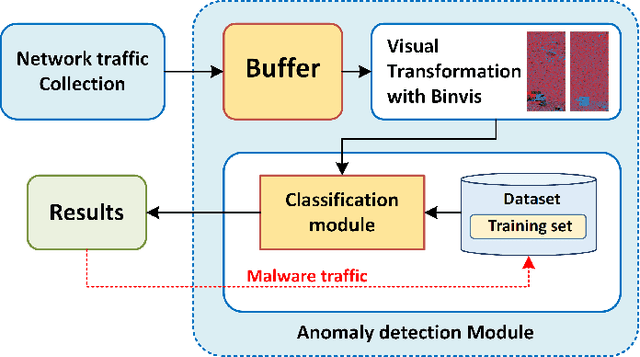
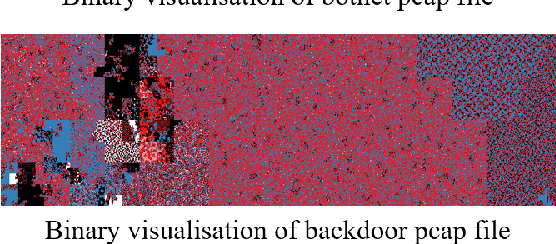
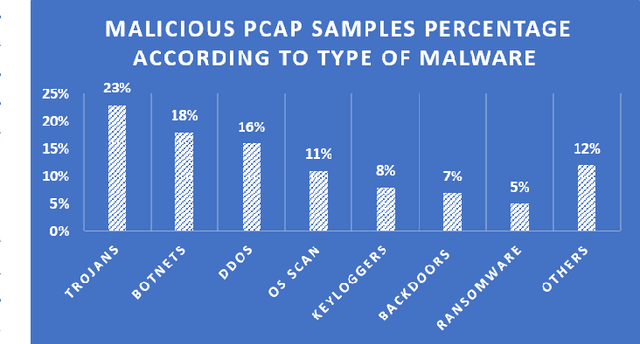
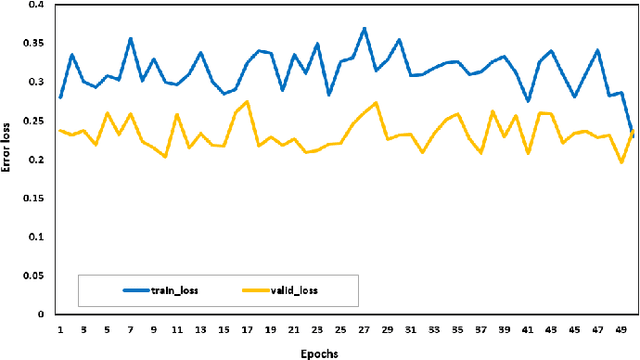
Abstract:With the increase of IoT devices and technologies coming into service, Malware has risen as a challenging threat with increased infection rates and levels of sophistication. Without strong security mechanisms, a huge amount of sensitive data is exposed to vulnerabilities, and therefore, easily abused by cybercriminals to perform several illegal activities. Thus, advanced network security mechanisms that are able of performing a real-time traffic analysis and mitigation of malicious traffic are required. To address this challenge, we are proposing a novel IoT malware traffic analysis approach using deep learning and visual representation for faster detection and classification of new malware (zero-day malware). The detection of malicious network traffic in the proposed approach works at the package level, significantly reducing the time of detection with promising results due to the deep learning technologies used. To evaluate our proposed method performance, a dataset is constructed which consists of 1000 pcap files of normal and malware traffic that are collected from different network traffic sources. The experimental results of Residual Neural Network (ResNet50) are very promising, providing a 94.50% accuracy rate for detection of malware traffic.
* 10 pages, 5 figures, 2 tables
 Add to Chrome
Add to Chrome Add to Firefox
Add to Firefox Add to Edge
Add to Edge